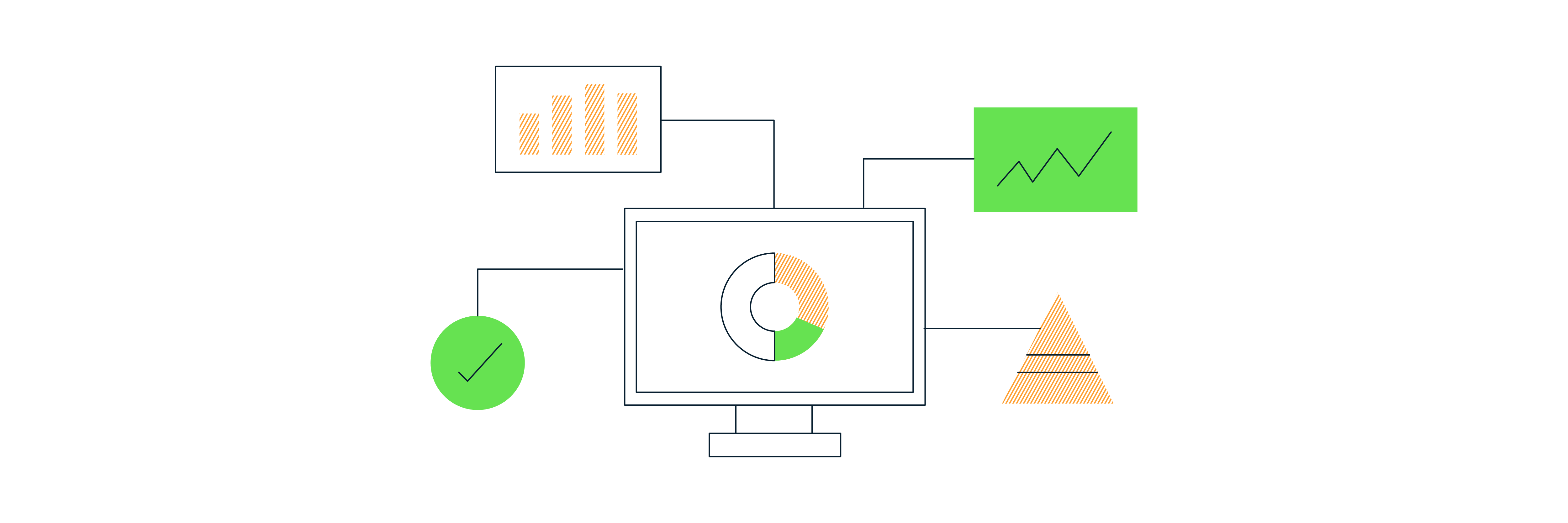When GA just isn’t enough – my #measurefest talk
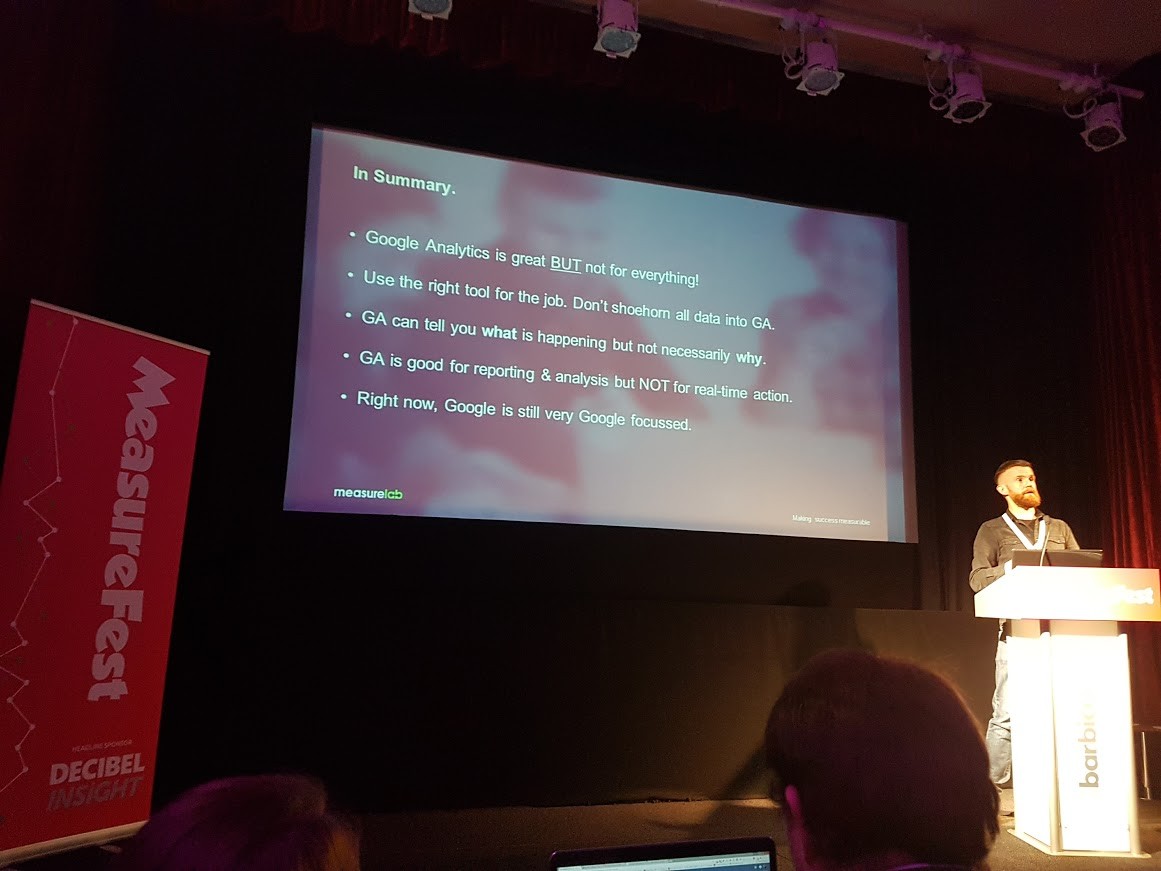
I spoke at #Measurefest in the Barbican last Friday. Here are the slides from my talk but I wanted to write a quick summary to give a bit more context as the slides on their own don’t tell the story.
The title of the talk was “When GA just isn’t enough”. For some that know me this might sound like an unexpected title. I spend my working life using Google Analytics, talking about Google Analytics and training other people how to use Google Analytics. It’s fair to say I’ve done my bit over the years to advocate GA and help businesses use this powerful, free (for most users!) analytics platform.
But I talk about its benefits a lot and so this time I wanted to talk about a few useful tools outside the Google world that we use for our own business at Measurelab, as well as recommending them to clients when we feel they are the right for the job.
The point of this wasn’t to detract from GA in any way but instead to point out that no single technology platform does everything a business needs and it is entirely sensible to use more than just GA to measure the performance of your website and better understand your users.
The other solutions I covered in my talk were Hotjar, GoSquared, Heap and Power BI and each of these offers something extra to what you can get with GA.
Hotjar
Hotjar records user sessions and lets you play them back to better understand user behaviour on your website and identify optimisation opportunities. There are many other session recording tools out there and for my Measurefest talk I didn’t intend to explain all the merits of session recording as these tools are well known (some alternatives to Hotjar include Inspectlet, SessionCam and Clicktale). The point I wanted to stress was that Google Analytics (or any pure web analytics platform for that matter) focusses predominantly on quantitative data whereas session recording solutions are a very good example of qualitative data capture. In other words while Google Analytics is great for telling you what is happening and how often, tools like Hotjar are better able to tell you why.
I also mentioned a solution for passing the Hotjar user ID into GA for further analysis opportunities. The great advantage of doing this is that it allows you to identify users in GA based on certain behaviours on site (e.g. converting users, cart abandoners, content consumers, etc.) and then play back the sessions of particular users from those segments.
The solution I recommended for this was Hotjar userId tracking in Google Analytics with Google Tag Manager v2 by the very knowledgeable Eivind Savio, who works for a fellow Google Analytics Certified Partner in Norway.
GoSquared
We’re huge fans of GoSquared here at Measurelab and we use it on a daily basis for our own business as well as recommending to others. GoSquared started life as a real-time analytics platform but it has become much more than that. It is now marketing itself as an “all-in-one software platform for marketing, sales, and support.” It does this through three main features: Analytics, Live Chat and a People CRM. In my own words I would say GoSquared allows you to interact with users on your site with real-time analytics data about what they are doing. You can reach them via email if they leave the site during your live chat and once they have identified themselves you will then have all your leads, contacts and customers in one place all tied to onsite analytics data and chat history. It’s lightweight but powerful and practical. It doesn’t offer a huge array of features that aren’t relevant to most businesses. What it does offer is focussed and useful and it does it very well.
Heap
A very common situation when it comes to data reporting and analysis is realising you’re not actually collecting the data you want to analyse. I’m sure you’ve been there. A colleague or manager asks you how many users have done a particular thing on your website and you realise you aren’t actually tracking this. A well thought out measurement plan can help to minimise how likely this is but generally speaking no business is tracking everything on their website and you don’t always know everything you will need until you need it.
I regularly have to say the words to clients “You will only have data for this in Google Analytics from the point we add the extra tracking”. This usually applies to event tracking but can also be applied to Ecommerce actions that might these days we tracked using Enhanced Ecommerce (which again will only collect data from the point you implement the tracking tags).
Enter Heap. “Heap automatically captures every user action in your web or iOS app and lets you analyze it all retroactively.” In other words, from the day you add the single JavaScript snippet to your site, Heap will record all user actions that take place in the DOM and allows you to then define your events on the fly based on the data collected. This means you can see data for these events for all your historical data stored by Heap. This offers a huge advantage over traditional analytics platforms. The cost of this advantage is, well, the cost. Heap charges based on volume but you do get 5,000 sessions per month on the free version. You can increase this to 50k per month if you are willing to add their badge to your website. So 50,000 sessions per month would be sufficient for some businesses but not for all. And there’s little point in having Heap if it’s not collecting all data for all users.
I was asked a really good question about Heap by Al Wightman after my talk and I had no answer for it at the time. He asked how Heap is affected when the front-end code changes on the site. So the short answer is that an event will stop tracking if the onsite code that you used to define the event in Heap changes. The good news is that you can then update your definition in Heap to include both the old (already in place) and new code. Once you’ve done this you can again view all the historical data collected by Heap.
Power BI
More and more these days, businesses want to get the data that’s in GA, out of GA. Business reporting involves more than just web analytics data and furthermore management often want custom business performance dashboards that pull data from multiple sources and are presented visually and automatically updated. We are using Google Data Studio (the free version of Data Studio 360) more and more now but because it is still relatively new the number of data connectors (i.e. data sources) is still limited. There are a number of other BI/data visualisation solutions out there but some are pricey and have a steep learning curve (e.g. Tableau). This is fine if this level of sophistication is needed but that’s not always the case. Data Studio offers an easy, low cost entry to data visualisation and so does Power BI by Microsoft. Before Data Studio was released we were using Power BI for data visualisations that relied on multiple data sources. One of the main advantages Power BI has over Data Studio right now (this will change in time I’m sure!) is the number of data connectors is offers. Data Studio currently offers 8 while Power BI has 60. Email marketing data (e.g. MailChimp, CRM data (e.g. Salesforce), Financial data (e.g. Xero) and social data (e.g. Facebook) are just a few of the data source types that are available with Power BI.
You can also do clever stuff if you’re so included like using R with Power BI for traffic and sales forecasting. Watching this R Visualisations within Power BI YouTube video prompted us to try this.
Another nifty, yet easy to overlook, data source within Power BI is the unassuming web connector. This simply lets you input a web URL and Power BI will then pull in the content from that webpage. Obviously not all web content will be useful in a data visualisation/reporting context but numbers, lists, ratios, prices, etc. can all be extremely relevant. To demo this my colleague Daniel built a simple dashboard using the web connector to pull data from a page on the IMDB website, listing the most popular TV series. This pulled the actual list of shows from the page into Power BI, where Daniel was able to clean it up a little and then use it to power some graphs. This was the end result:
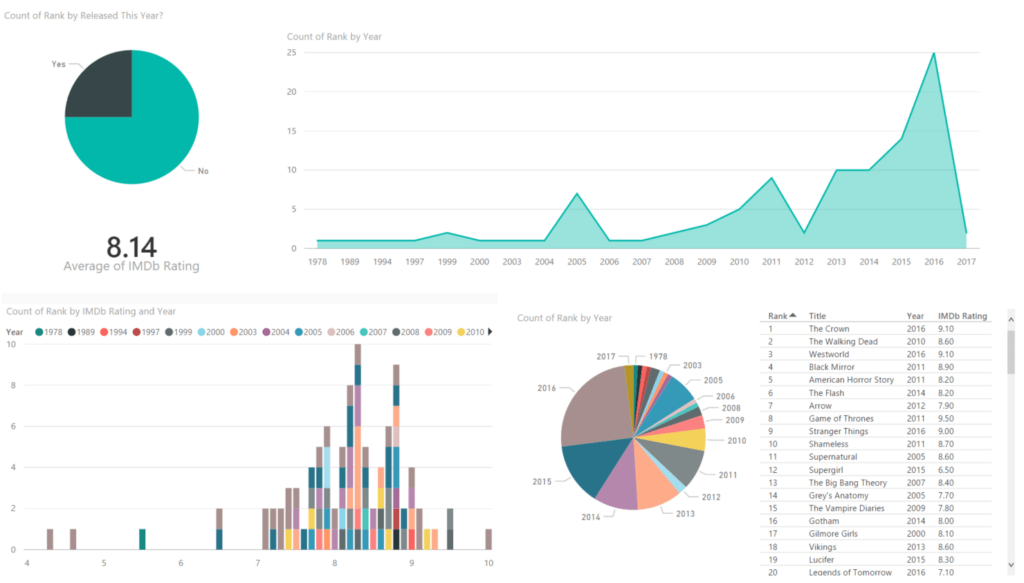
There is one major drawback to using Power BI currently. The desktop application (which you need to use Power BI to its full extent) is Windows only. The online editor just isn’t nearly as comprehensive as the desktop application.
PII
Google Analytics have always had a clear and consistent stance on personally identifiable information (PII). It is simply not allowed within GA. So no usernames, actual names, email addresses, etc. A customer or user ID is allowed as long as it is not possible to directly identify the user within GA using that ID. There is nothing stopping you from pulling data out of GA by customer ID (you do need to be tracking customer ID in the first place obviously) and then linking this up with richer, user data in your CRM. You just can’t do this inside Google Analytics. This obviously makes Google Analytics very impersonal (that’s the point!). But businesses want to see data by users, ideally actual people rather than some anonymous user ID. GoSquared & Heap both allow PII to be tracked and this can be used very effectively to better understand your users overall and individually. They will even retroactively attach your user information once someone identifies themselves (e.g. logs in) to all their previous sessions before the logged in. Even if you are using the User ID reporting in GA effectively, this will only stitch together sessions where the user is logged in and will therefore (vitally!) exclude that user’s initial sessions where they were browsing but not yet registered/signed up/logged in.
Summary
This blog is on the long side so I’m going to keep the summary short and sweet. Google Analytics is absolutely great but not for everything. It’s important to use the right tool for the job rather than trying to shoehorn all types of data into a single platform. GA can tell you what is happening but not necessarily why it is happening and it won’t let you interact directly with users on the site in real-time. Use Google Analytics and push it as hard as you can but don’t use it exclusively. There is a world outside of Google.

Subscribe to our newsletter:
Further reading
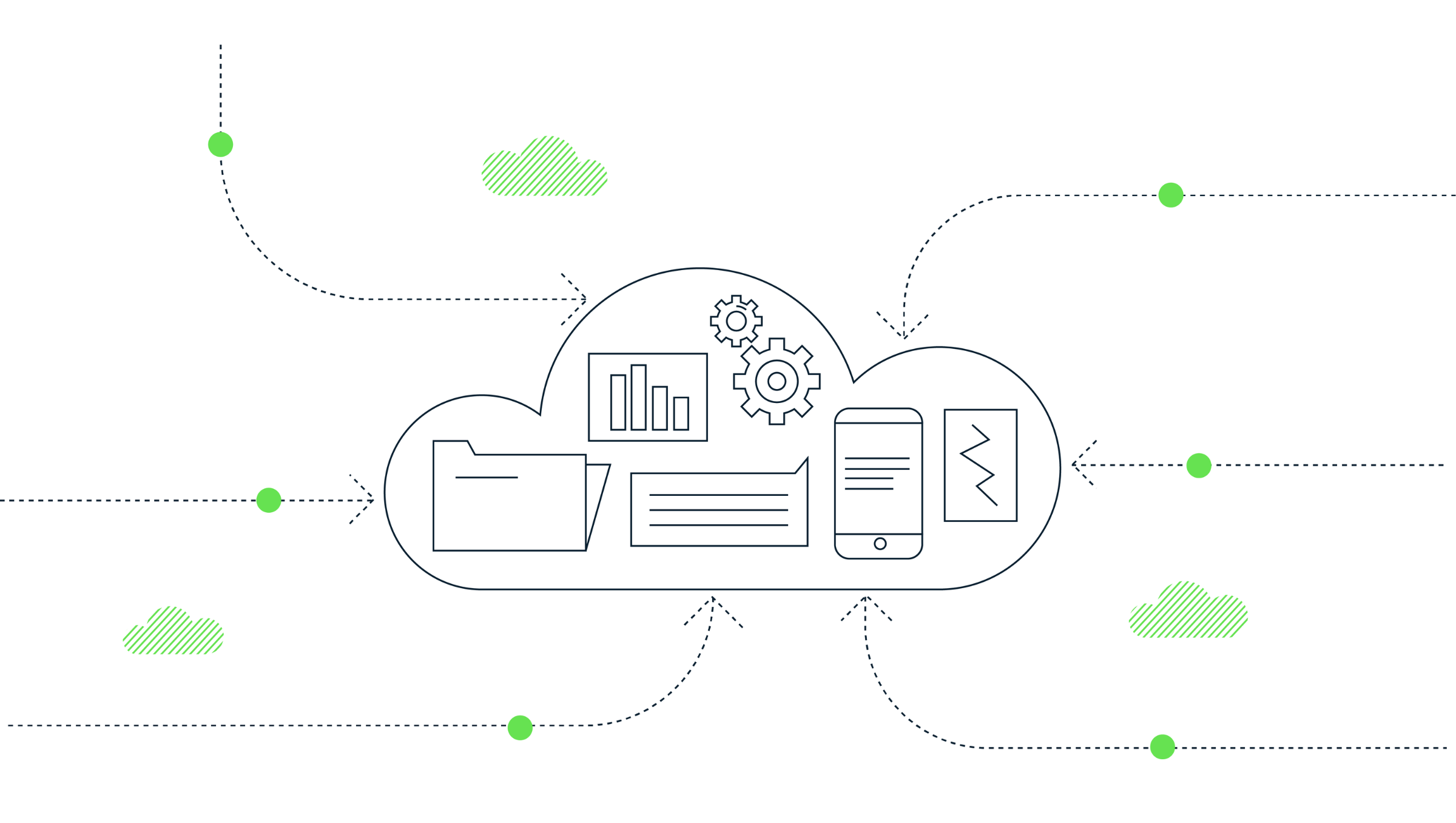
How to extract GA4’s event sequencing in BigQuery using the new batch fields
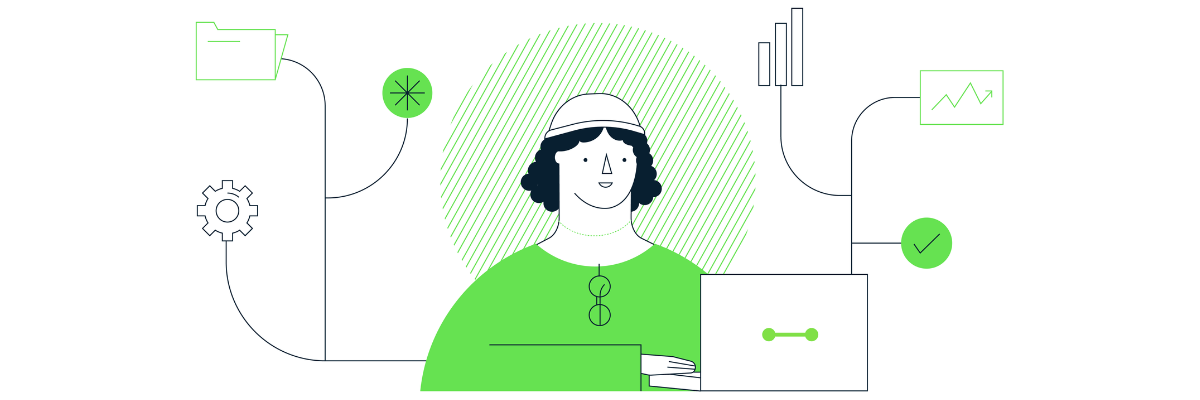
What is offline event data import in GA4?
